This species of crab is called Heikegani or Heike, sometimes people call them Samurai crabs.
The reason for these names is because the shell of the Heikegani crab is very similar to the angry faces of Samurai warriors.
Legend has it that the details on the shell of this crab are images of the faces of samurai warriors. They are considered to be the embodiment of the warriors of the Heike clan, a samurai clan that was defeated in the battle for the throne in 1185.
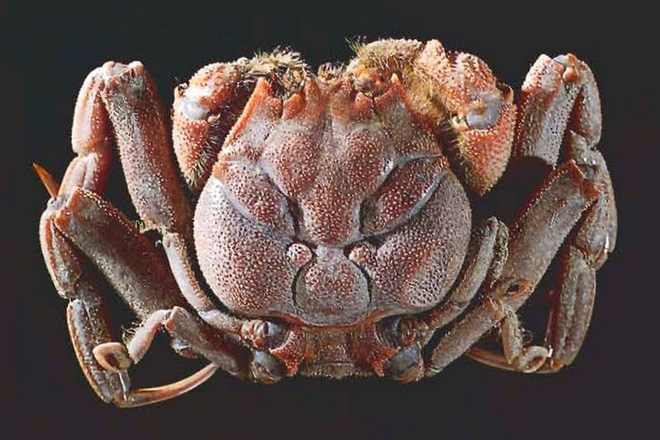
This species of crab is called Heikegani.
Regarding this similarity, it is said that, when Samurai warriors died, everything that belonged to them dissolved into the sea, their bodies sank forever into the cold sand, and their souls merged with the Heikegani crabs, to From then on, their hateful faces were forever engraved into the crab’s shell.
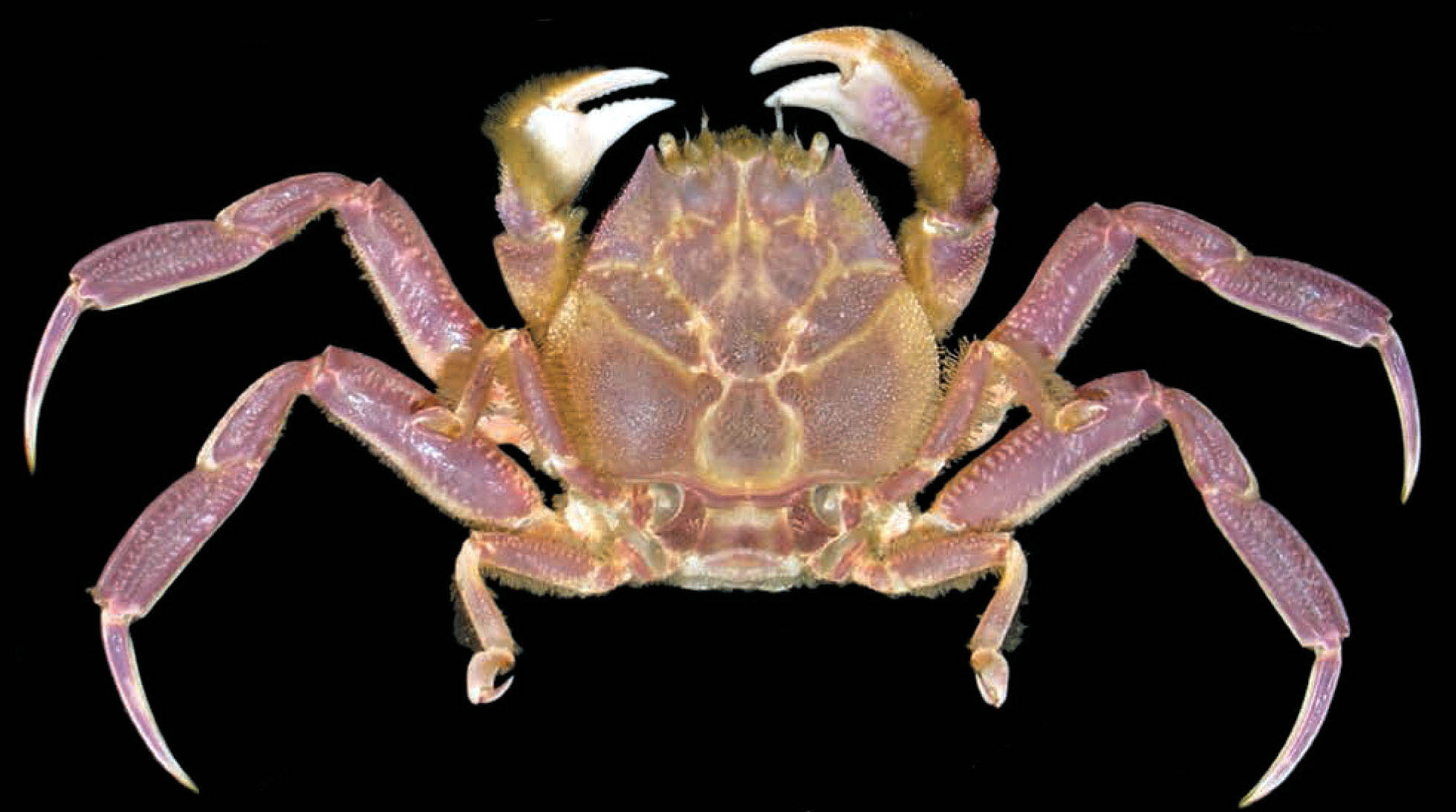
Not believing in what is just a legend, an astronomer and a famous writer in America Carl Sagan once expressed his thoughts.
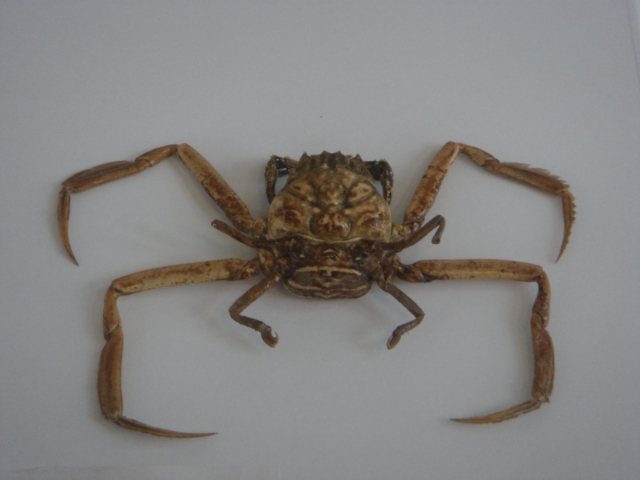
He argued that this coincidental similarity was simply a process of artificial selection. It is known that artificial selection is the process by which humans select other animals and plants according to some special traits. This process aims to eliminate mutations that are detrimental to humans and accumulate beneficial mutations.
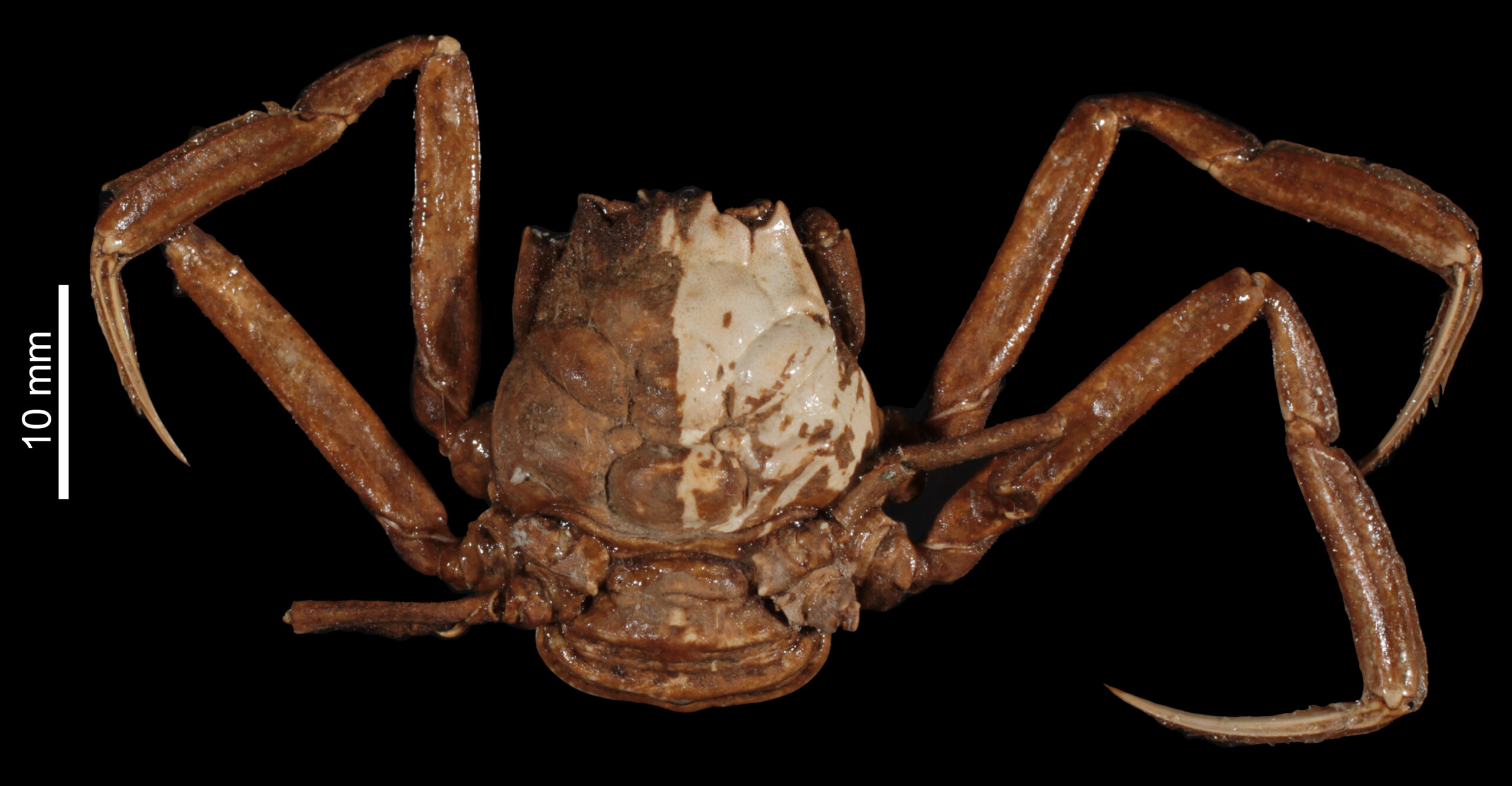
Accordingly, the fact that crabs have shells similar to the shape of a human face happened first. Later, when fishermen caught fish at sea, if they caught Heikegani crabs, they would immediately release them into the sea to pay respect to the Samurai warriors who died in battle. This has helped maintain the Heikegani crab’s genes intact.
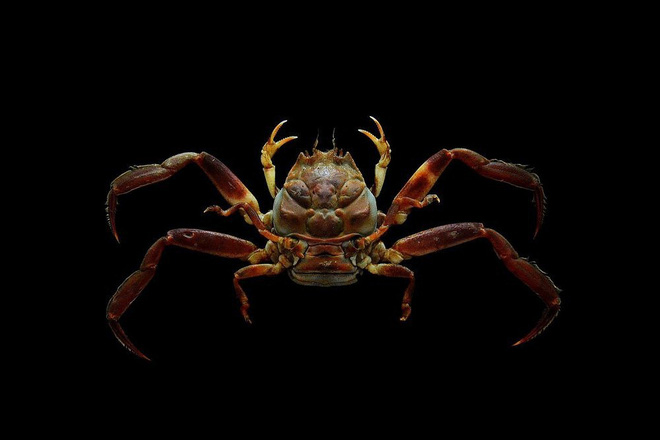
The fact that the folds on the shell of this crab are shaped like the wrinkles on the angry faces of Samurai warriors is because the muscles cling tightly to the shell. People notice similarities between the Heikegani crab’s shell and the human face in a syndrome called pareidolia. Roughly speaking, pareidolia is a type of hallucination (also known as “complementary hallucination”). This is a phenomenon that causes people to always see faces from details of completely unrelated objects. In other words, one can imagine a specific face just from vague visual images of clouds, oranges, smoke, etc.

Some crabs shaped like human faces are also displayed in museums.
But no matter what, the heikegani crab is still inspired by reverence for ancient legends that have existed to this day and it carries on the mysteries of nature.





